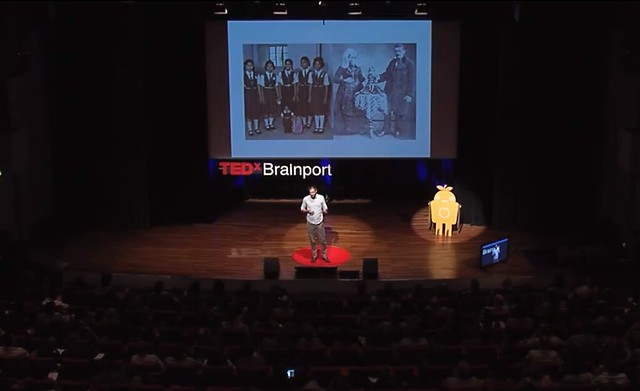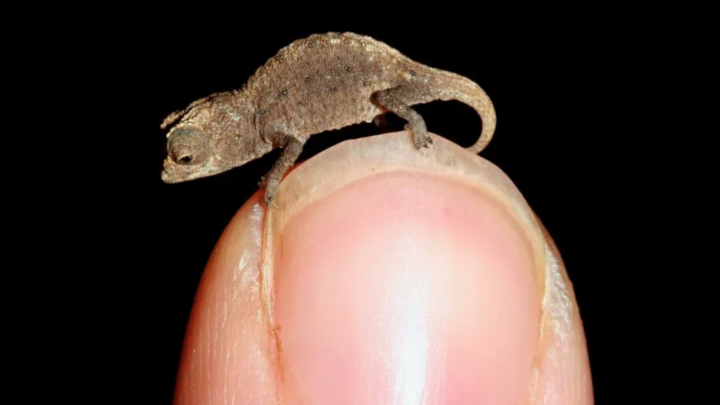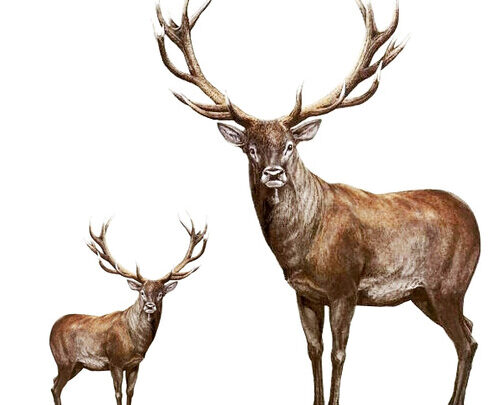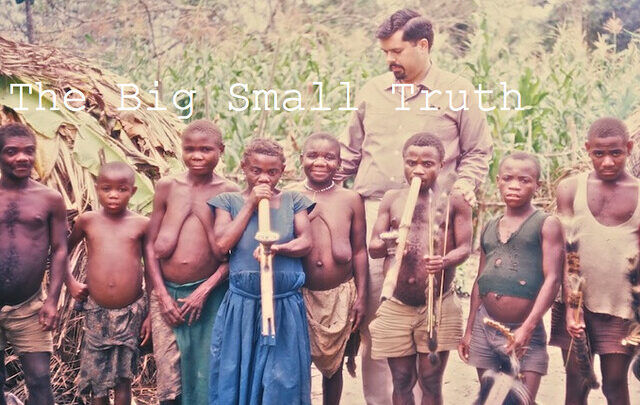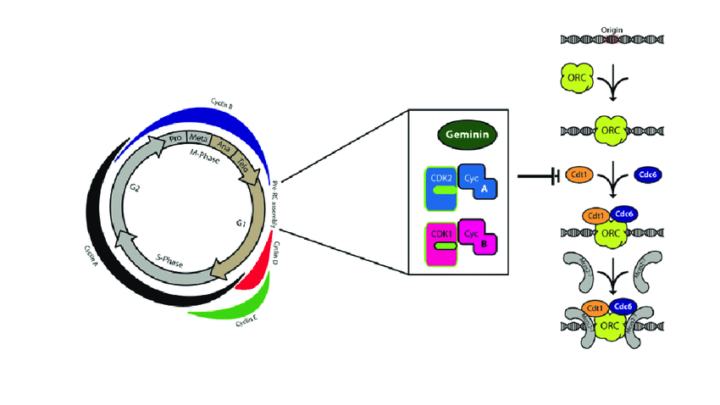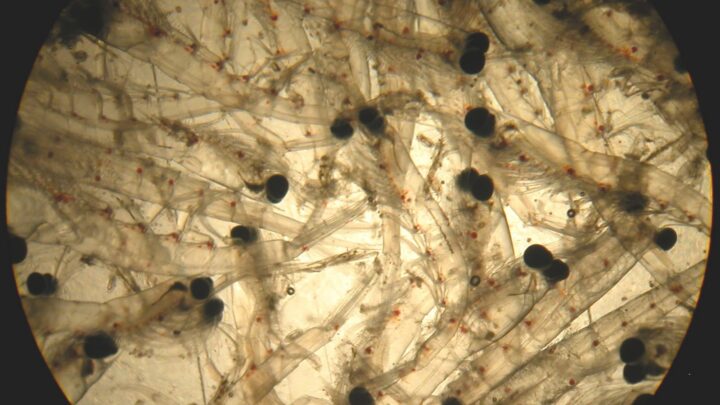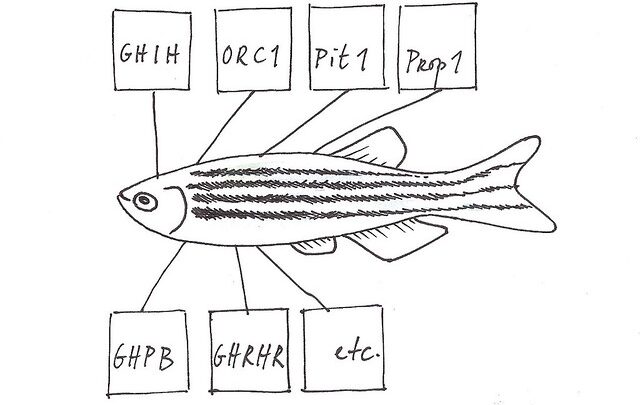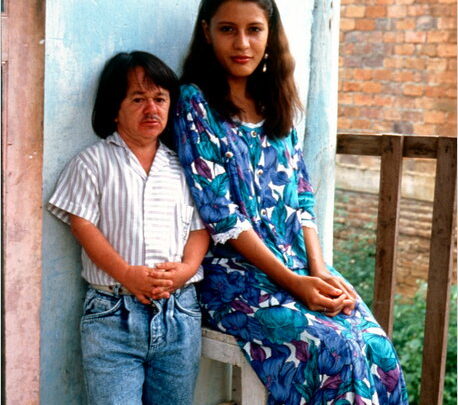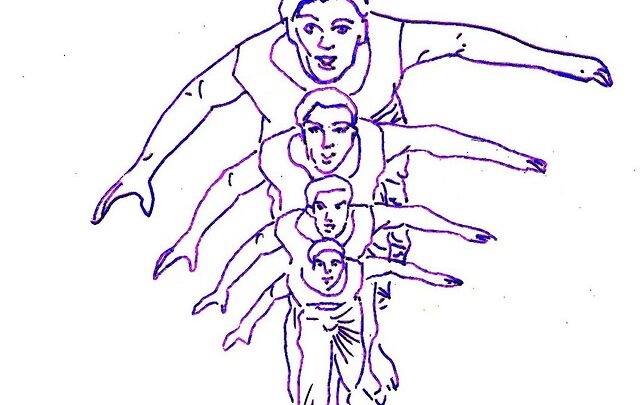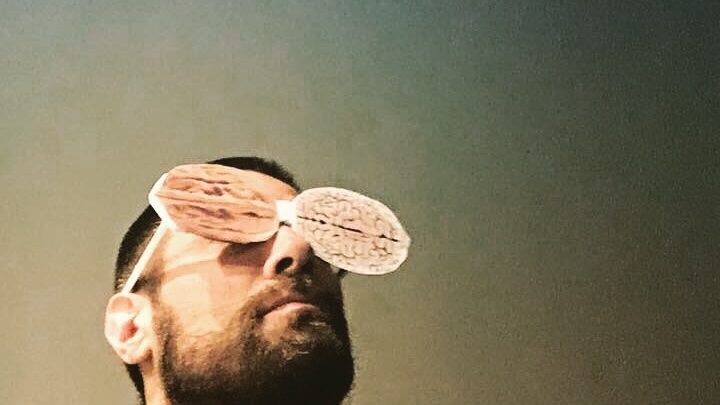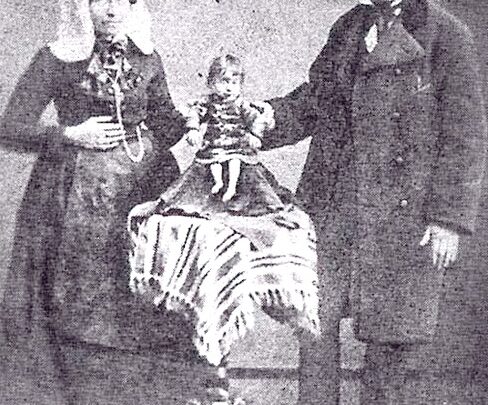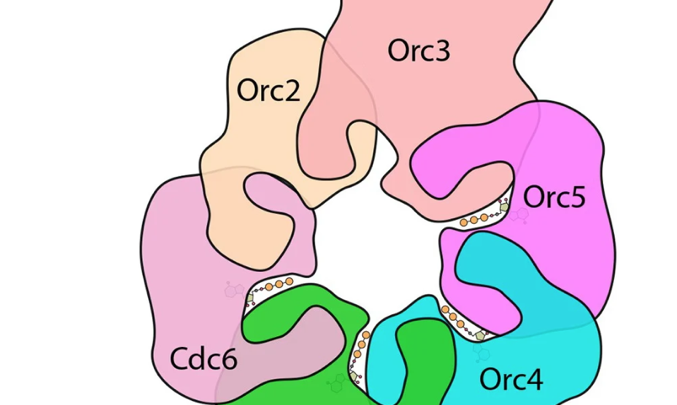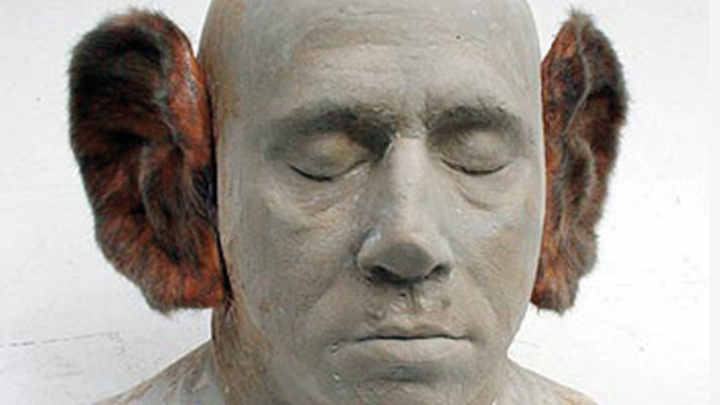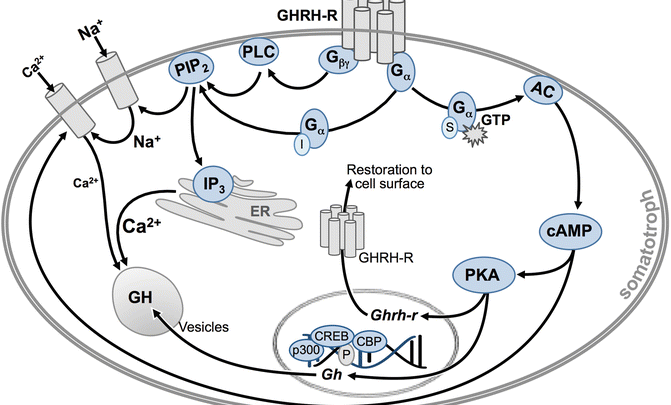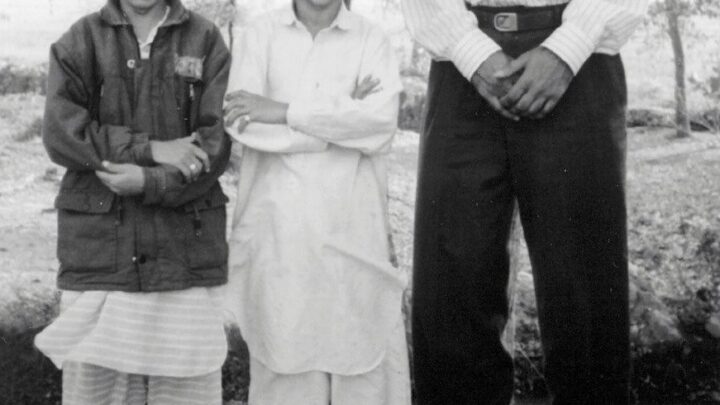Category: Dwarfism
TEDx Lecture on Shrinking
June 10, 20121/6th Red Deer
April 8, 2012Overcoming the Uncanny
March 12, 2012Messengers of the Small Truth
March 4, 2012Complex Desire
February 19, 2012Krill Adaptations
January 28, 2012Because environments vary with both predictable patterns and with unpredictable but recurring events, ecologists have long been interested in the ecological adaptations that organisms use to survive periods in which the environment may be exceptionally harsh. One of the most interesting adaptations observed in the…
Somatostatin Zebrafish Farm
January 18, 2012The Larons
November 9, 2011Human Hypervariability
November 2, 2011Humans are an extremely hypervariable species. There is a large intraspecial difference between its largest and smallest members. The smallest adult person, Chandra Bahadur Dangi, is less than 55 centimeters tall, while the tallest person that ever lived, Robert Wadlow, reached a height of 272 centimeters. That makes…
Small Brain Issue
October 2, 2011Court Dwarfs: Seneb & Bes
September 26, 2011Relic Paulina
September 8, 2011The ORC
June 26, 2011Small Wonder
May 14, 2011Of Snell Mice and Men
April 17, 2011Homo Sindhiensis
March 6, 2011GHRHR
February 11, 2011It seems as if nature itself is already investigating ways to counter hypergrowth, overpopulation and overconsumption. It’s creating perfectly proportioned, but small, human beings. Pituitary dwarfism, also known as Dwarfism of Sindh, is a form of growth absense where all parts of the body grow equally slow. At…

